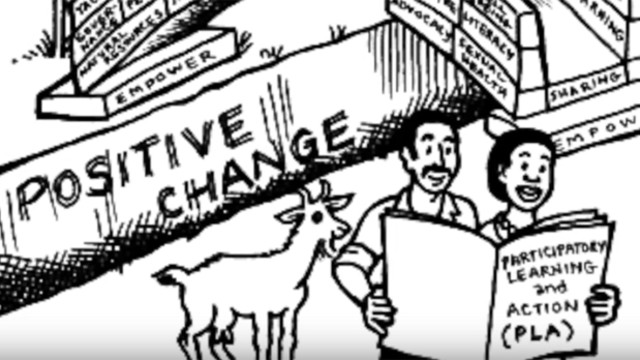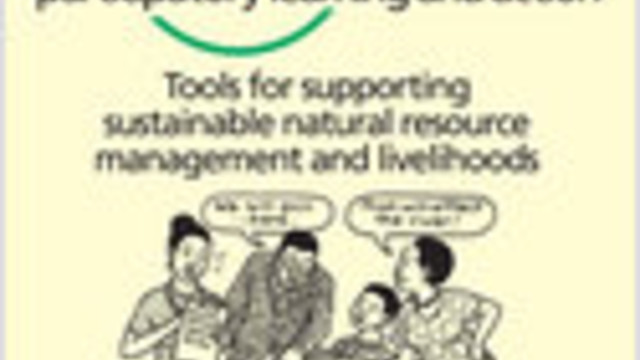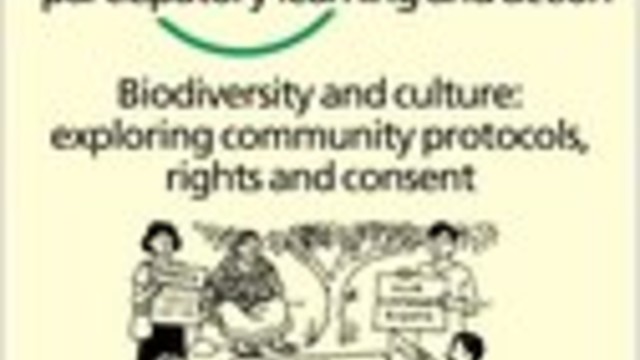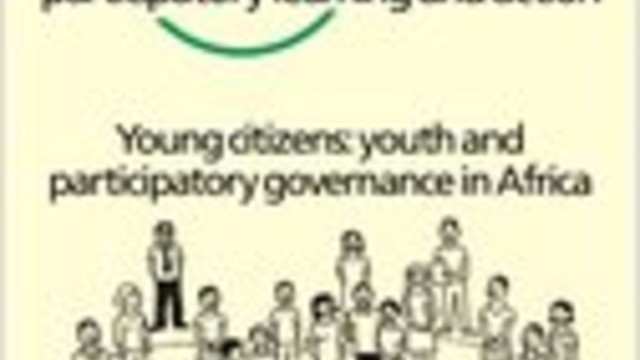About PLA
The journal Participatory Learning and Action (PLA) helped to set a radical new development agenda and facilitated the development of a vigorous international community of participatory learning and action practitioners.

Potato Park, Pisaq, Peru (PLA65)
- Participatory Learning and Action: a journal for newcomers and experienced practitioners alike
- About PLA: Background, aims and history of the journal
- Explore the archive: browse and download issues or individual articles
A journal’s journey – about PLA
The publication series started in 1988, as an informal journal entitled RRA Notes. It came out of a dynamic collaboration between IIED and the Institute of Development Studies (IDS) at Sussex University.
At the time of its launch, RRA Notes symbolised a profound change in development practice. The publication challenged existing orthodoxies about the role of local people in the ownership and dissemination of ideas, and it became part of a political and social movement for transformational change across the development world.
Over the years, with the concepts of participatory learning and action becoming more mainstream, PLA continued to be a highly valued and well-respected publication.
The journal went through changes in name and format over time – from the first issues of RRA notes to PLA notes, to PLA, as it is known today. It moved away from simply sharing tips and tools, to publishing articles on participatory processes and methods that strengthened rights, voices and governance, and promoted social justice in a range of different thematic contexts. The special themed issues were in especially in high demand and helped to promote new specialist communities of practice.
Readership
PLA’s reach grew steadily over the years, eventually reaching an estimated 13,000 readers per issue. The publication reached the frontline of participatory work: the most recent survey showed that 93.9% of readers who responded were practitioners of participatory methods. The largest group of surveyed readers for the print version were based in the global South, mainly in Asia.
PLA also had an impact online: downloads of PLA grew from 1,643 in 2008 to 14,797 in 2012.
Capacity building
Youth and staff in Bamessing, Cameroon using a Garmin GPS unit to create a digital map of their community (Photo: Judith Nkie (PLA 54))
PLA sought to build capacity through its editorial process. Contributors to the series included people from many countries, many of whom had never published before. PLA editors aimed to guide them through the writing and review process, encouraging them to reflect critically on the processes and methodologies described in their articles, making the experience and findings relevant for a wider, international audience.
Review
After 25 years of publication, IIED commissioned an independent review to look at PLA's impact and effectiveness, as well as possible future publication models and PLA's relationship to IIED's strategy.
The review found that PLA’s activities were largely appropriate, timely, adequate and effective in terms of meeting its objectives. It found that the series had a substantive impact in both policy and practice terms, and helped to develop a widespread and well-informed and trained community of practice.
Although the review's findings about PLA were positive, it concluded that continuing the series in the existing format had become unviable. Further issues of PLA were put on hold. The most recent issue was PLA 66, which focuses on the use of participatory tools and processes in natural resource management for sustainable development.
An enduring resource
PLA has left an enduring legacy behind: this website offers a searchable archive which allows practitioners to download full issues and individual articles for free.
You can browse all the publications in this valuable series, from the first edition of RRA Notes through to the most recent publication, on the PLA collection page.



